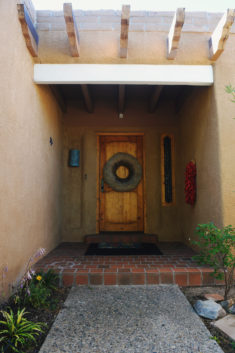Wabi Sabi
If I was told I could dream something up and then it would be made real, it would be this. Beauty in the imperfection. Turns out, it is real and it’s called Wabi Sabi. But don’t thank me, all credit is due to the Japanese and their comprehensive world view centered around the acceptance of irregularity and imperfection.
As a child, I admired my mom’s hands. I thought they were so graceful. Specifically, I liked how papery the skin looked (it was almost shiny) and the little brown spots, slightly darker than the rest of her hands. I even liked how her rings were always off-center. I had no idea at the time that papery-skin and sunspots were signs of age and sun-damage and her rings wouldn’t stay upright because she has thin fingers and large knuckles (I know this because I have the same thin fingers and large knuckles. Not beautiful to me, but I don’t mind, one day my daughter might).
It is a very fortunate for me that I favor imperfect beauty. I used to wonder what it would be like to be perfectly poised with neat handwriting and the ability to wear white but I gave that idea up years ago. I am not capable of producing anything without a touch of wabi sabi. Now that I’ve relaxed a bit, I found I have a lot more interests. I like to cook, I like fashion and home decor (and not just in the way that I used to– where I only appreciate other people’s creations and I criticize my own).
Now, I prefer simplicity and the ingenuous quality of natural materials. I prefer liveable choices that get better with age and take on some history.
Wabi Sabi honors the notion of authentic by acknowledging the reality that “nothing lasts, nothing is finished, nothing is perfect.” This is all the permission I need to relax my expectation of myself and my surroundings and simply enjoy the process.






